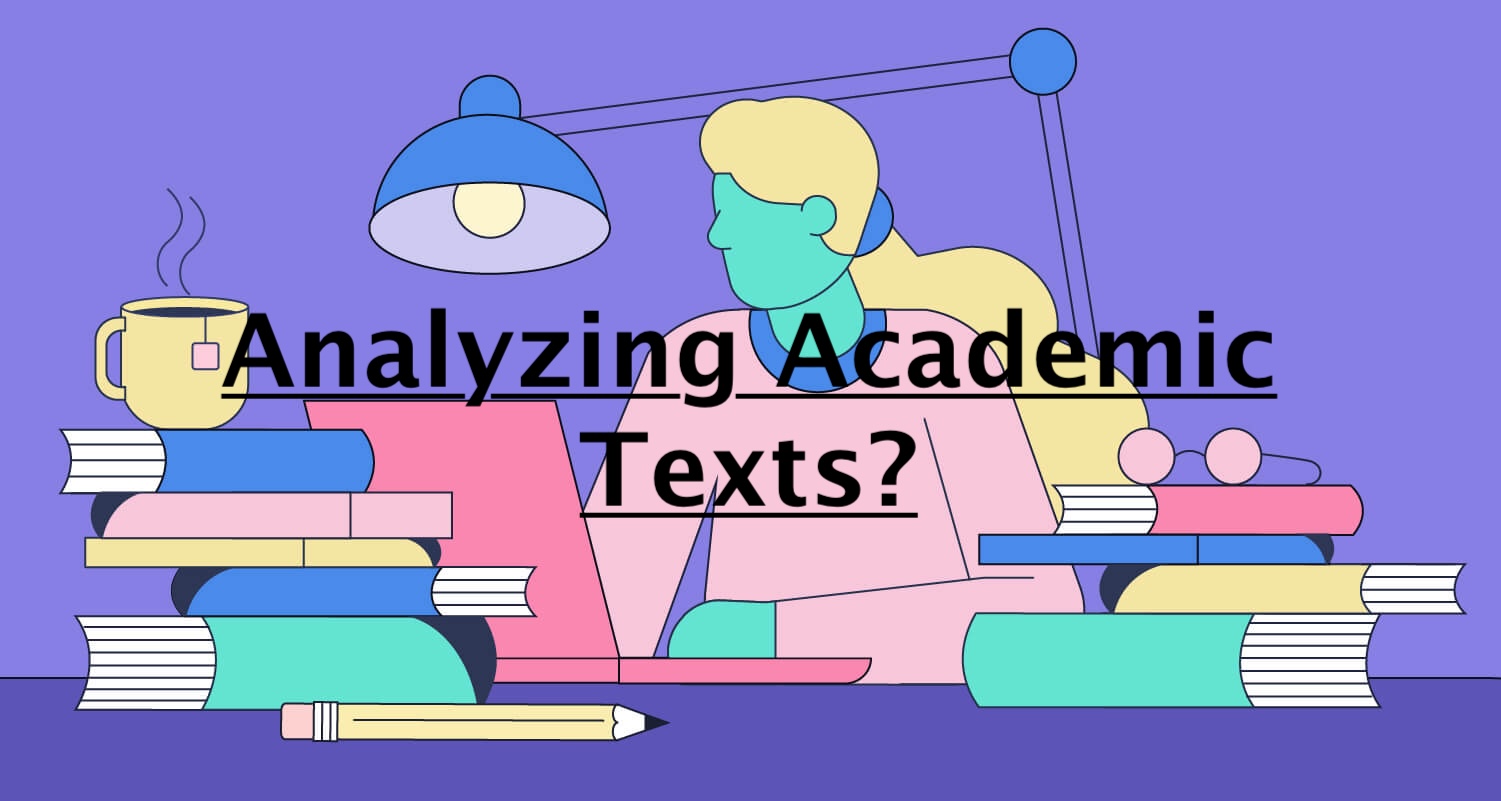Why this project?
AI in Archaeology: Enhancing Research with Machine Learning

Artificial Intelligence (AI) and machine learning are transforming archaeology, aiding in artifact classification, site prediction, and data analysis. Projects like Labba et al. (2023) demonstrate AI’s growing accessibility, enabling archaeologists to leverage analytics without coding expertise. Similarly, AI has improved site detection, as seen in the Saruq Al Hadid project, where machine learning predicted undiscovered structures.
However, managing vast academic literature remains a challenge. Systems like AGNES use Named Entity Recognition (NER) to index texts, improving search accuracy—uncovering 30% more relevant findings than traditional methods. Despite AI’s potential in site localization and data interpretation, its use in archaeological knowledge management, particularly literature synthesis, remains underdeveloped.
What are we trying to solve?
Current Challenges in AI for Archaeology
While AI aids in artifact restoration, predictive modeling, and text translation, generative AI tailored for archaeology is still emerging. General models like GPT-4o lack domain-specific training, struggling with archaeological terminology and context.
Access barriers also hinder progress—many key publications are paywalled, limiting AI training data. Technical constraints, such as GPT-4o’s 128K token limit, restrict cross-referencing multiple papers, making comprehensive synthesis difficult. Without integrated retrieval capabilities, AI struggles to maintain context across lengthy documents, reducing effectiveness for complex research workflows.
Project Goal: A Specialized AI Research Assistant
This project, in collaboration with Dr. Peter Cobb, develops a domain-adapted generative AI system for archaeology. Unlike general models, our tool processes user-uploaded PDFs, enabling targeted literature exploration. Using Retrieval-Augmented Generation (RAG) and semantic chunking, it provides accurate, traceable insights from archaeological sources.
By streamlining literature review and enhancing cross-document analysis, this tool aims to save researchers time while uncovering deeper connections. Additionally, this project offers hands-on experience in AI development, advancing digital tools for archaeology.